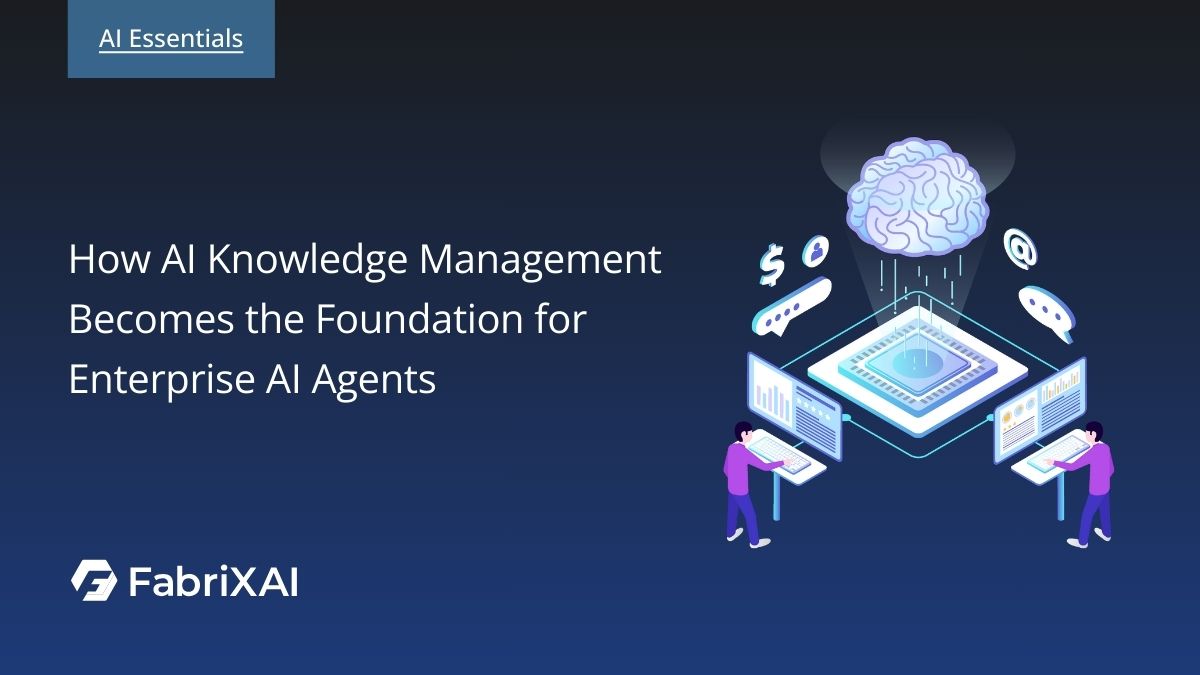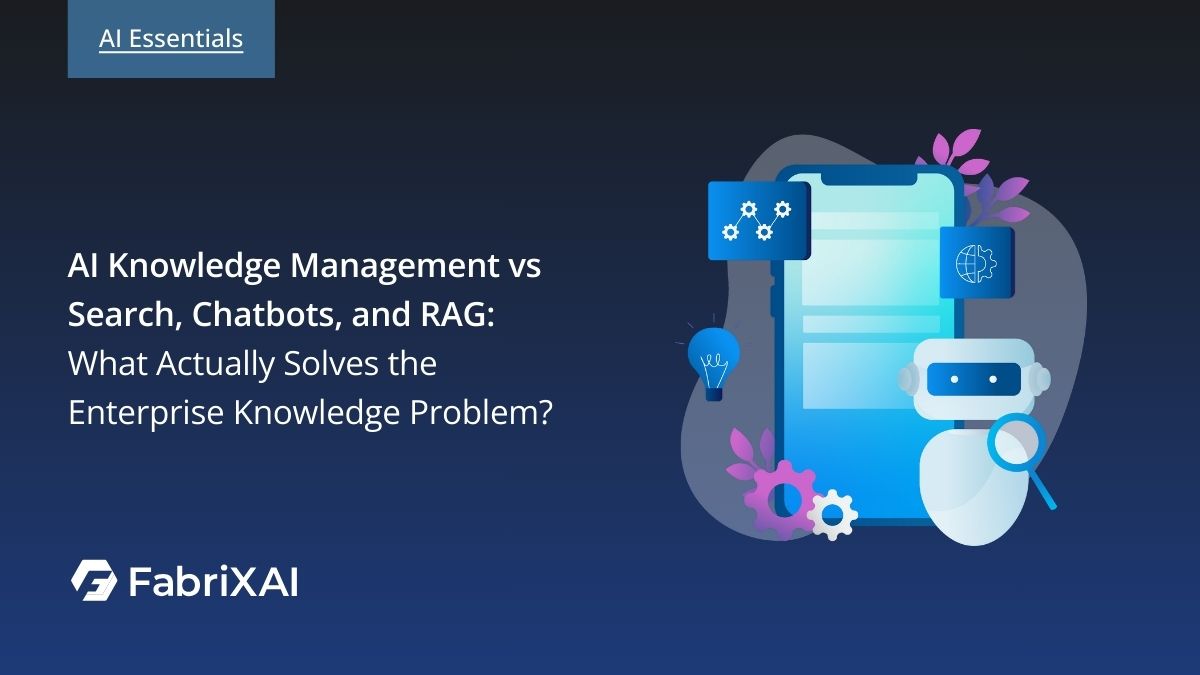ReAct Prompting: Revolutionizing AI Interactions

Introduction
In the rapidly evolving field of artificial intelligence, prompt engineering has emerged as a crucial area of focus, shaping how we communicate with AI systems. Traditional prompting techniques often struggle with limitations, such as fact hallucination and a lack of dynamic interaction with external information. This is where ReAct Prompting comes into play. By combining reasoning and action, ReAct Prompting enhances the way AI understands and responds to prompts, allowing for more accurate and context-aware interactions. In this article, we will explore the significance of ReAct Prompting, its applications, and its potential impact on AI interactions. We will also outline the steps for implementing this innovative technique to provide a clearing insight to this prompting techniques.
What is Prompt Engineering?
Prompt engineering is the practice of designing and refining input prompts to elicit desired responses from AI models. This process involves crafting questions, statements, or commands that guide the AI's output towards relevant, accurate, and useful information. As AI models become more sophisticated, the importance of effective prompt engineering has grown, enabling more precise interactions and improved outcomes.
What is ReAct Prompting?
ReAct Prompting, short for Reasoning and Acting Prompting, is an innovative approach in the field of artificial intelligence that enhances how large language models (LLMs) interact with tasks requiring reasoning and decision-making. This technique allows AI systems to not only generate responses based on prompts but also to engage in a dynamic process of reasoning and action, making it particularly effective for complex tasks.
Key Components of ReAct Prompting
- Reasoning: ReAct prompting encourages the AI to articulate its thought process. This involves generating reasoning traces that help the model understand the task at hand, track its progress, and adjust its approach as needed. By verbalizing its reasoning, the AI can better manage action plans and handle exceptions that may arise during task execution.
- Action: In addition to reasoning, ReAct prompting incorporates specific actions that the AI can take based on its reasoning. This may involve querying external knowledge bases, performing searches, or interacting with APIs to gather relevant information. The action step is crucial for retrieving data that informs the AI's responses, thereby reducing the likelihood of errors like hallucination or error propagation, and improving the accuracy of the output.
- Observation: After taking action, the AI observes the results of its actions, which informs its next steps. This feedback loop allows the model to refine its reasoning and adjust its actions based on the information it retrieves, leading to more reliable outcomes.
Examples of ReAct
Building on the insights we've gained about the ReAct (Reason + Act) approach, let's now explore some potential applications that were highlighted in the conference paper (Yao et al., 2023):
Hotspot QA

ReAct prompting plays a crucial role in enhancing the performance of AI systems in Hotspot QA, a question-answering benchmark that tests the ability of models to retrieve and synthesize information from various sources. Here’s how ReAct prompting is applied in the example:
In this case, the question is "How many rooms are in the hotel that is home to the Cirque du Soleil show Mystere?". The AI assistant goes through a series of steps to logically deduce the answer:
- It first tries to search for information about the "Cirque du Soleil show Mystere" to find the hotel it is located in.
- When that doesn't yield the desired information, it then refines the query and tries to search for the hotel name directly ("Mystere (Cirque du Soleil)").
- Finally, it is able to determine that the hotel is the "Treasure Island Hotel and Casino" and that it has 2,884 rooms and 220 suites.
- The assistant then concludes that with an additional 220 suites, the total number of rooms is 3,104.
This step-by-step reasoning process, where the AI assistant prompts itself to take various actions and arrive at the final answer. It also allows the model to dynamically adjust its reasoning based on the information it retrieves, leading to a more reliable and up-to-date answer in the end.
Decision Making Task

In decision-making tasks, ReAct prompting empowers AI models to evaluate multiple scenarios and outcomes before arriving at a conclusion. For example, in the image, it explicitly incorporates multiple reasoning steps:
- The agent first thinks about where a pepper shaker is likely to be located, considering the objects in the room.
- The agent then goes to the cabinet, drawer, and countertop to search for the pepper shaker.
- Once the agent finds the pepper shaker on the countertop 3, it takes the shaker.
- The agent opens the drawer and puts the pepper shaker inside.
Such step-by-step reasoning and action process is the essence of the "ReAct" technique. The agent is not just providing a single response, but is actively thinking through the problem, taking actions, and updating its understanding to ultimately complete the task. This example showcases how "ReAct" can be effectively utilized in decision-making scenarios, where the agent needs to reason about the situation, explore the environment, and take appropriate actions to arrive at the desired solution.
Benefits and Limitations of ReAct Prompting
Benefits of ReAct Prompting
- Enhanced Context Understanding: ReAct prompting allows AI models to grasp the nuances of complex queries, leading to more accurate responses. By integrating reasoning with action, the model can better interpret the context of the question and the necessary steps to answer it effectively.
- Improved Decision-Making: By incorporating reasoning steps, AI can evaluate different scenarios and outcomes, resulting in better decisions. This structured approach enables the model to consider various possibilities before arriving at a conclusion, enhancing the quality of its responses.
- Greater Flexibility: This approach enables AI to adapt to a wide range of tasks, from simple queries to complex problem-solving. The iterative nature of ReAct prompting allows it to handle diverse scenarios effectively, making it suitable for applications like question answering and interactive decision-making.
- Dynamic Interaction: The ability to interact with external data sources in real-time allows ReAct prompting to incorporate up-to-date information into its reasoning process, which is particularly beneficial for tasks requiring current knowledge.
- Improved Interpretability: By generating reasoning traces, ReAct prompting makes the decision-making process more transparent, allowing users to follow the model's thought process and enhancing trust in its outputs.
Limitations of ReAct Prompting
- Increased Computational Load: The additional reasoning steps can require more processing power and time. This can lead to slower response times, especially in scenarios where quick answers are needed.
- Complex Implementation: Designing effective ReAct prompts can be challenging and may require extensive experimentation and refinement. The complexity of integrating reasoning and action into a cohesive framework can be resource-intensive.
- Dependency on Model Capabilities: The effectiveness of ReAct prompting is contingent on the underlying AI model's ability to process and understand reasoning steps. If the model lacks the necessary capabilities, the benefits of ReAct prompting may not be fully realized.
- Dependency on External Information: The effectiveness of ReAct prompting heavily relies on the quality and relevance of the external information retrieved. If the sources are non-informative or irrelevant, it can derail the reasoning process.
Comparison with Other Prompting Techniques
- Chain-of-Thought (CoT) Prompting: While CoT prompting focuses on generating a sequence of thoughts to arrive at an answer, it often suffers from fact hallucination due to its reliance on internal knowledge. In contrast, ReAct prompting integrates external actions, which can lead to more accurate and reliable outputs.
- Self-Ask Prompting: Self-Ask prompting allows models to decompose complex questions into simpler sub-questions and answer them sequentially. This method emphasizes systematic decomposition, whereas ReAct prompting focuses on an iterative cycle of reasoning and action. ReAct may be more effective in dynamic environments where real-time information retrieval is crucial.
Brief Outline of Implementation of ReAct Prompting
To implement ReAct prompting effectively, follow these structured steps. You may also refer to ReAct | AutoGen for how to implement ReAct in code.
1. Identify the Task
Determine the specific task or question that requires enhanced reasoning and acting capabilities. For example, you might want to ask, "What is the result of the Super Bowl 2024?" This task necessitates the AI to gather information and reason through the available data.
2. Choose the Tool
Select the appropriate tool based on the identified task. This involves evaluating the nature of the task and determining which tool will best facilitate the required actions. For instance:
- Search Tool: If the task involves retrieving information from the web, a search tool would be appropriate.
- Database Query Tool: For tasks requiring specific data from a structured database, a database query tool should be chosen.
- Calculation Tool: If the task involves performing calculations, a math tool would be suitable.
3. Design the Prompt
Craft a prompt that incorporates reasoning steps, guiding the AI through the problem-solving process. Here’s an example of a ReAct prompt from AutoGen:
Answer the following questions as best you can. You have access to tools provided.
Use the following format:
Question: the input question you must answer
Thought: you should always think about what to do
Action: the action to take
Action Input: the input to the action
Observation: the result of the action
... (this process can repeat multiple times)
Thought: I now know the final answer
Final Answer: the final answer to the original input question
Begin!
Question: {input}
Usually the prompt will incorporate with shot-based prompting, which means providing some example output in ReAct format like in the paper (Yao et al., 2023), telling the agent what you want and how to structure the output format. This prompt structure encourages the AI to articulate its reasoning, take actions based on that reasoning, and reflect on the results.
4. Iterative Testing
Experiment with different prompt structures and reasoning steps to optimize the AI's performance. Test various formulations of the prompt to see which yields the best results in terms of accuracy and relevance.
5. Refinement
Continuously refine the prompts based on feedback and performance metrics. Analyze the AI's responses and adjust the prompt to improve clarity, guidance, and effectiveness in achieving the desired outcomes.
By following these steps, including the crucial decision of selecting the right tool, you can enhance the reasoning and acting capabilities of AI models through ReAct prompting.
Conclusion
ReAct Prompting represents a significant advancement in AI interaction, offering a powerful tool for enhancing the reasoning and decision-making capabilities of AI models. By integrating reasoning steps into prompts, this approach provides a more sophisticated and context-aware method of engaging with AI systems. As the technology continues to evolve, ReAct prompting is poised to play a crucial role in the future of AI applications.
Want to Explore More Prompt Engineering Techniques?
If you're eager to learn about various prompt engineering techniques, don't miss the article How to Talk to AI: Advanced Prompt Engineering Techniques. Dive in to discover a range of innovative prompting strategies and find the perfect approach for your needs!
FAQ on ReAct Prompting
1. What is ReAct prompting?
ReAct prompting combines reasoning and acting steps in AI prompts to enhance understanding and decision-making, allowing models to process information more effectively. This approach enables AI systems to engage in a more interactive and thoughtful manner, leading to improved outcomes in various tasks.
2. How does ReAct differ from traditional prompting?
ReAct integrates reasoning steps into the prompting process, which allows for more context-aware and nuanced responses compared to simple input-output prompting. This differentiation enables AI models to consider multiple factors and potential implications, resulting in richer and more informed interactions.
3. What are the benefits of using ReAct prompting?
ReAct prompting improves context understanding, decision-making, and task flexibility in AI models by facilitating a more dynamic approach to problem-solving. This leads to enhanced performance in complex scenarios where traditional prompting may fall short.
4. Are there any limitations to ReAct prompting?
Yes, ReAct prompting can increase computational load and complexity in implementation, posing challenges for some AI systems. Additionally, its effectiveness is highly dependent on the capabilities of the underlying AI model, which may limit its applicability in certain contexts.
5. Can ReAct prompting be used in all AI applications?
While versatile, ReAct prompting is most beneficial for tasks that require complex reasoning and decision-making. In simpler applications, traditional prompting methods may suffice and be more efficient.
6. How does ReAct Prompting improve accuracy?
ReAct Prompting enhances accuracy by allowing the model to retrieve real-time information from external sources while reasoning through the task. This dual approach helps mitigate issues like fact hallucination, which can occur when models rely solely on their internal knowledge



